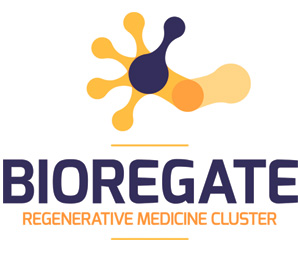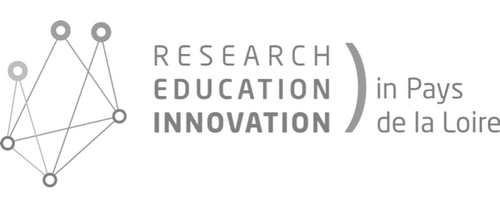Project abstract
The field of orthobiologics combines recent advancement in biotechnology with material sciences and tissue biology to optimize the body’s natural capacity to regenerate and repair musculoskeletal tissues. Bone grafts are supplementary bone materials used to replace the existing natural bone which has been damaged by trauma or disease. These materials have a well-recognised role in orthopaedics, maxillo-facial and spine surgery.
They are used for the treatment of non-union, bridging diaphyseal defects, filling metaphyseal defects, arthrodesis and augmentation procedures, so that demand has been steadily increasing over the last few years. Moreover, the degenerative diseases, native defects, trauma, bone tumors of the musculoskeletal system require bone grafts at varying degrees. Consequently, interest in designing safe and efficient bone grafts – in particular synthetic – is always higher when it comes to meet surgeon’s requirements and needs.
LiveFoamCement (LFC) proposal will aim at developing a living bone substitute composed of a Calcium Phosphate Bone Cement (CPBC) foamed with a hydrogel transformed polymeric liquid phase and embedded with bone marrow mesenchymal stem cells with the following properties:
- the mineral phase will support the bone formation (osteoconduction),
- the polymeric solution will be used as foaming agent before gelification, it should be biodegradable and enhance bone formation by macro porosity and finally
- the bone mesenchymal stem cells will be used to produce osteogenic cues precursor like osteogenic factors able to recruit endogenous progenitors to initiate the bone formation (osteoinduction).
Formulations will be developed to match the critical characteristics in terms of injectability, rheology, mechanics. The selected formulations will then be investigated in terms of biofunctionnality such as cytocompatibility, cell survival and the ability to support bone growth.
The cells will be introduced deep inside CPBC foam by encapsulated them in particles of hydrogel and using an appropriate mixing and delivery system. The self-setting foam will be hardened at body temperature after implantation. This strategy will privilege and improve the bioactivity of the combination material with the host bone because the host cells can spread and proliferate all over the implanted material as well as the surrounding tissue, resulting in the material remodeling and consequently generating a new bone.
The most challenging issue of this risky project relies probably on our ability to design for the first time an ionic cement able to support MSC viability and proliferation for a sustained period of time. Such a new concept of biomaterials may pave the way of attractive clinical applications in bone regenerative medicine notably in the regeneration of load bearing bony tissue or for bone apposition before implantation of titanium implants in jaw, where classical bone substitutes fail to generate satisfactory clinical results.

